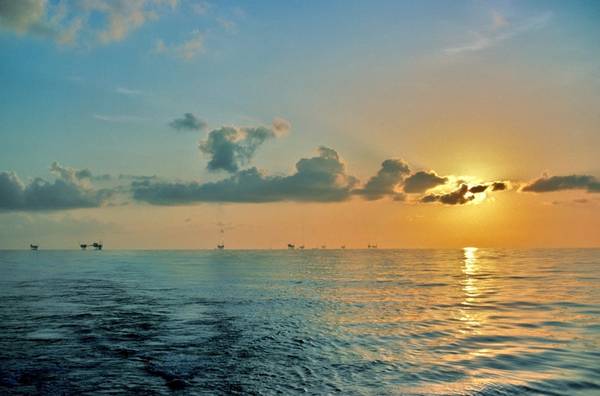
Offshore carbon capture and storage (CCS) projects in the US Gulf of Mexico could play an influential role in the country's goal of reducing greenhouse gas emissions, the energy intelligence group Wood Mackenzie said Thursday.
According to Woodmac, there are currently 22 CCS projects in the US, which accounts for 19% of global activity.
Wood Mackenzie’s report ‘US GoM decarbonization: a basin with nine lives, is CCS a tenth?” surmises that GoM is emerging as a new hub of activity, with six projects in the development or planning phase.
Texas and Louisiana combined for close to 500 million tCO2e of emissions in 2021, 20% of the US total emissions. With the US targeting greenhouse gas emission reductions of 50% from 2005 levels by 2030, these new CCS projects could play an important role. However, many challenges remain to make these successful.
"The US Gulf of Mexico has long been a technology pioneer for the global upstream industry,” said Kim Dowdell, upstream research analyst at Wood Mackenzie. “As the basin matures, a thriving offshore CCS market could be the next step that keeps this region relevant and at the forefront of innovation. Offshore CCS is still in early stages. There are only three projects in operation across the globe, two in the North Sea and one in South America. The GoM can position itself as the frontrunner for successful offshore CCS projects.”
The report, according to Wood Mackenzie, goes on to say initial projects won’t target upstream emissions.
Instead, projects will target emissions from the Gulf Coast’s large industrial sector, which includes refining, petrochemicals, gas liquefaction, cement, power generation, and much more. Emissions from these operations would be piped to former rigs retrofitted for sequestering. CO2 can then be safely injected into saline aquifers or depleted oil and gas reservoirs.
"Those long-term emissions are better suited for CCS,” said Dowdell. “The GoM players won’t be contributing the initial CO2. Instead, they will bring their expertise, project management skills, and reservoir knowledge to the table.”
While projects are underway, operators still face challenges and risks to achieving success.
Wood Mackenzie has outlined several major challenges facing decarbonization efforts in the GoM.
Dowdell added: “We are seeing momentum build on all fronts, with investments from both major and independent companies in this activity. This region has historically been an innovator in the upstream industry and now it has the chance once again to push boundaries, and be a leader in offshore CCS technology. As energy sources continue to shift, this will be an important way for the gulf region to play a crucial role in the energy transition and remain relevant for decades to come.”



